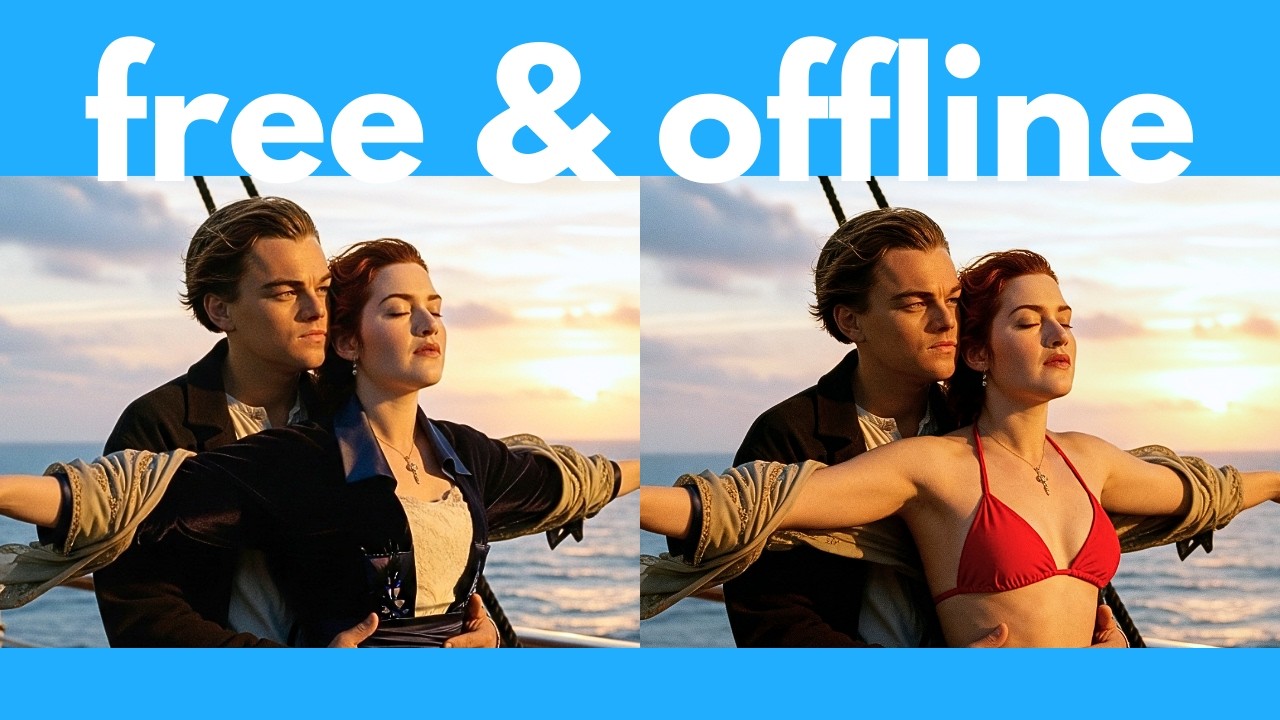LucyEdit by Decart is an open-source AI video editor that allows users to make detailed video edits using simple text prompts, enabling modifications like changing colors, inserting or removing objects, and transforming characters while preserving most original details. Although it has some limitations with fine details and complex style changes, it offers a free, offline-capable tool accessible through platforms like Comfy UI, making advanced video editing more creative and user-friendly.
The video introduces LucyEdit by Decart, the first open-source semantic AI video editor that allows users to microedit existing videos using only text prompts. Similar to AI image editors like Nano Banana or Cadream, LucyEdit enables flexible video modifications such as changing colors, inserting or removing objects, and even replacing entire characters. The presenter showcases various demos, including turning a woman into a polar bear while preserving her pose, adding a dolphin beside her, and changing outfit colors, demonstrating the tool’s ability to understand and execute specific edits while maintaining most of the original video’s details.
Several personal tests highlight LucyEdit’s strengths and limitations. For example, the AI successfully changes a man into Iron Man and adds a parrot on his shoulder, or transforms a character’s outfit into a maid dress while preserving complex poses. However, it struggles with fine details like text preservation and mouth movements, as seen when turning a dog into a cat or replacing a coffee cup with a plate of cake. The tool is less effective at converting videos into different art styles, such as anime or Disney Pixar, often resulting in distorted backgrounds and characters.
Users can try LucyEdit online for free with 2,000 credits by signing up via email or Google. The platform offers a free open-source “dev” version and a paid “pro” version with presumably better performance. The video then guides viewers through installing LucyEdit locally using Comfy UI, a popular free platform for running open-source AI tools offline. The installation involves cloning the LucyEdit repository, installing dependencies, downloading large model files (up to 20 GB for the full model or 10 GB for a compressed version), and loading these models into Comfy UI.
The presenter explains how to configure the workflow in Comfy UI, including uploading videos, setting output dimensions, frame rates, and duration, and entering text prompts to specify desired edits. Important settings like step count, CFG scale (which controls how literally the AI follows the prompt), and sampler algorithms are also discussed. A troubleshooting tip is provided for a common error related to data type mismatches, showing how to manually adjust settings to resolve it. The example run demonstrates a successful edit where a woman’s shirt is changed to a red dress, with the output saved locally.
In conclusion, LucyEdit is a groundbreaking open-source AI video editor that enables creative video modifications through simple text prompts, similar to AI image editors but for video content. While it has some limitations in preserving fine details and handling complex style transfers, it offers a powerful and accessible tool for video editing enthusiasts and professionals alike. The video encourages viewers to try the tool, share their experiences, and subscribe for more AI news and tutorials, emphasizing the rapid developments in AI technology and the growing availability of free, offline tools.
